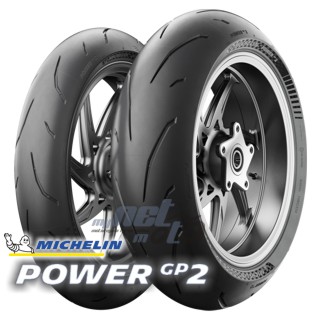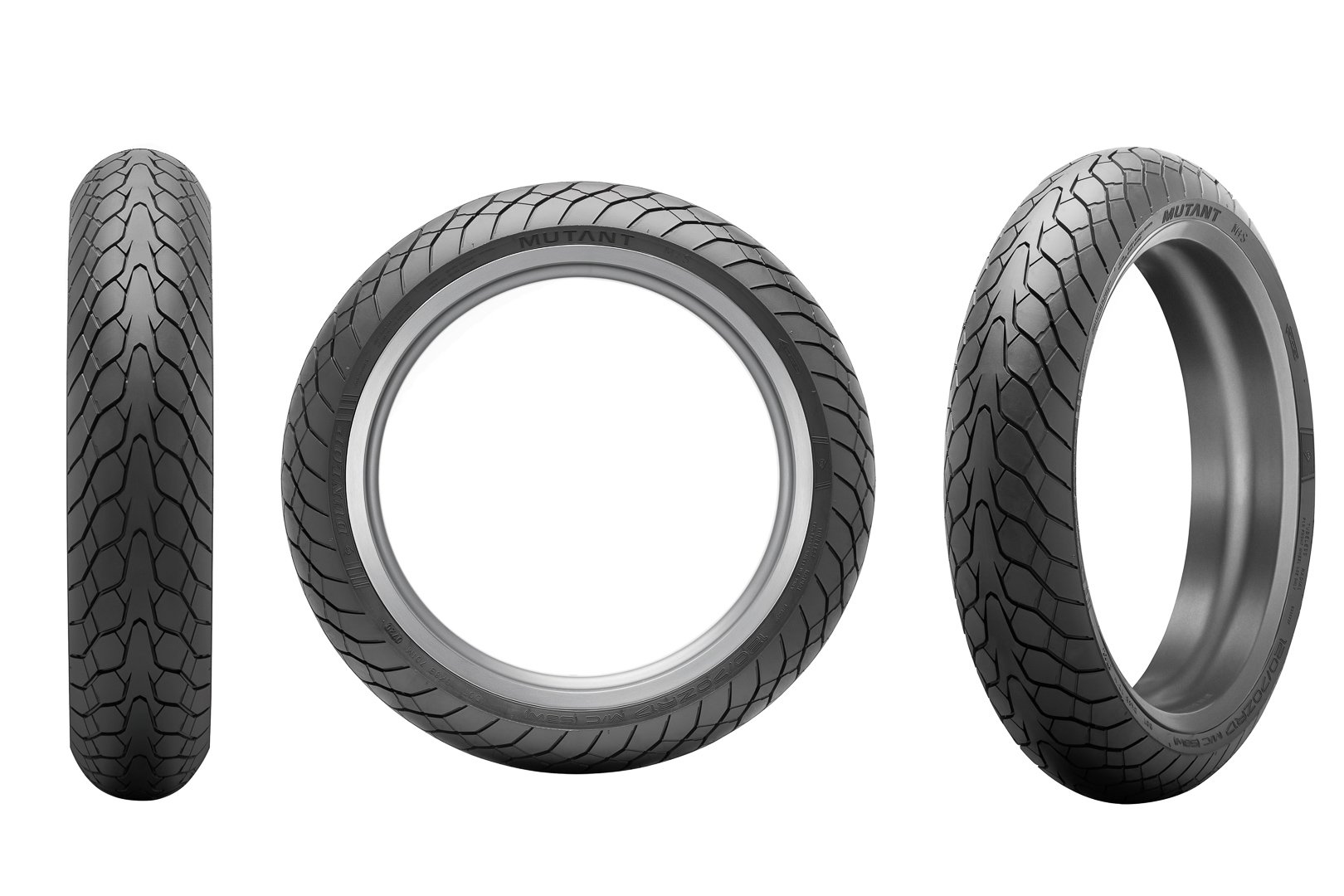Motorcycle Tyre Guide to Interpreting Load and Speed Ratings
Motorcycle Tyre Guide to Interpreting Load and Speed Ratings
Blog Article
Check out the Significance of Picking the Right Tyres With Our Interesting Motorcycle Tyre Overview
Choosing the ideal tires is crucial for any kind of Motorcycle fanatic. The right tyres boost efficiency, enhance security, and contribute to overall convenience during trips. Recognizing the different types, sizes, and maintenance methods can substantially affect your riding experience. As bikers face diverse terrains and problems, knowing how to select the most effective tyres comes to be vital. What aspects should be taken into consideration to assure peak efficiency? The answers await in the complying with sections.
Understanding Different Sorts Of Motorcycle Tyres
Choosing the appropriate type of Motorcycle tyre may appear frustrating, comprehending the various options readily available can considerably improve a rider's experience. Motorcycle tires are mainly categorized right into three kinds: sport, touring, and off-road. Visiting tyres are designed for long-distance traveling, providing toughness and convenience on highways. These tires include a tread pattern that gives outstanding grasp and security, making them appropriate for numerous weather conditions.Sport tyres, on the various other hand, prioritize performance and handling, including a softer rubber compound that enhances hold throughout cornering. They are perfect for cyclists who appreciate spirited trips on twisty roadways or racetracks. Off-road tires are tailored for rugged surface, with an aggressive walk pattern that provides traction on loosened surface areas like dirt or gravel.
Analyzing Your Riding Style and Requirements
Understanding how different riding conditions impact efficiency is crucial when evaluating riding style and needs. This assessment can assist riders in choosing the proper tire kinds that line up with their certain demands. By taking into consideration aspects such as surface and weather condition, bikers can make educated choices for ideal safety and experience.
Riding Conditions Effect
As cyclists browse different surfaces and climate condition, understanding just how these elements influence Motorcycle performance comes to be essential. Various riding atmospheres, such as wet, dry, or off-road, demand specific tire characteristics to assure safety and security and suitable handling. Damp conditions call for tyres that offer far better grip to protect against hydroplaning, while off-road riding requires robust step patterns for traction on loosened surfaces. In addition, temperature variants can affect tire pressure and efficiency, requiring changes based on the problems faced. Motorcyclists must examine their typical courses and atmospheres when picking tyres, as the appropriate option can significantly boost their riding experience, ensuring both convenience and safety and security in varied situations. Matching tires to riding conditions is essential for efficient Motorcycle efficiency.
Tyre Types Overview
Comprehending the numerous types of Motorcycle tires is vital for bikers intending to enhance their efficiency and safety and security. Each tyre type accommodates specific riding problems and styles. Sport tyres, created for high hold and agility, are suitable for aggressive riding and track days. Touring tires focus on long life and convenience, making them ideal for long-distance journeys. Off-road tyres feature much deeper treads for grip on irregular surface areas, interesting adventure hunters. Cruiser tyres offer a smooth trip, usually emphasizing appearances for choppers and cruisers. Finally, dual-sport tires mix attributes of both off-road and on-road tires, serving flexible bikers. Reviewing specific riding designs and needs guarantees that the right tyre kind is picked, eventually enhancing general riding experience and safety.
The Effect of Tyre Size on Performance
Tire dimension considerably influences a motorcycle's total performance, influencing handling, traction, and stability. The size and width of tyres can notably modify a bike's dynamics. Bigger size tyres can enhance high-speed efficiency, giving smoother adventures and enhanced stability during straight-line travel. They may also require even more initiative for quick handling. Alternatively, narrower tyres often tend to use much better agility and responsiveness, making them perfect for dilemmas and elaborate riding conditions.Additionally, the aspect proportion, which connects to the tyre's height, plays a vital function in performance attributes. A lower account tire may improve cornering security but can endanger comfort due to decreased padding. Ultimately, choosing the appropriate tyre dimension lines up with the rider's choices and intended use, whether for sporting activity, touring, or off-road riding. Recognizing these nuances warranties peak performance and improves the overall riding experience.
Walk Patterns and Their Relevance
Walk patterns on Motorcycle tyres play a crucial function in establishing efficiency, influencing variables such as hold and handling. Different sorts of walk designs satisfy different weather problems and surfaces, guaranteeing optimal traction and stability. Recognizing these patterns is important for motorcyclists seeking to enhance their Motorcycle's performance and safety and security.
Types of Tread Patterns
The performance of a motorcycle is substantially influenced by the kind of tread pattern on its tyres. Various walk patterns offer certain functions, catering to different riding conditions. Slick tires feature a smooth surface, ideal for completely dry conditions and auto racing, giving maximum grasp. In contrast, tires with intricate patterns and deep grooves are developed for off-road or wet problems, enhancing water displacement and traction. Some walk designs, such as dual-purpose tyres, strike a balance for both light and on-road off-road use. motorcycle tyre guide. Additionally, sporting activity tires typically have a much more hostile step pattern, enhancing cornering security. Recognizing these sorts of walk patterns aids motorcyclists choose the appropriate tyres for their intended this hyperlink riding experiences and ecological problems
Effect on Efficiency
Choosing the best tread pattern greatly influences a bike's performance in numerous riding conditions. Tread patterns are created to enhance grasp, taking care of, and security, directly affecting cornering capability and stopping performance. For example, an extra hostile tread design boosts traction on irregular surface areas, making it ideal for off-road riding. Conversely, a slicker step pattern advertises smoother rides on smooth roads, reducing moving resistance and enhancing gas effectiveness. The depth and setup of grooves additionally play a vital function, enabling efficient water variation and minimizing hydroplaning threats. Ultimately, picking a suitable step pattern customized to certain riding designs and settings warranties enhanced control, security, and overall riding experience, highlighting the importance of this choice for Motorcycle fanatics.
Weather Condition and Surface Viability
Climate condition and terrain types substantially influence the suitability of Motorcycle tire walk patterns. In damp conditions, tires with much deeper grooves and specific patterns are crucial to direct water away and minimize the threat of aquaplaning. On the other hand, a flatter step style deals excellent surface get in touch with for completely dry roadways, boosting grip and stability. For off-road riding, knobby tyres provide boosted grip on loose surface areas like mud and crushed rock. Each tread pattern serves a distinctive purpose; therefore, choosing the appropriate tyre is very important for performance and security. Motorcyclists must consider their regular riding setting-- whether city, country, or varied terrains-- to ensure their tyres can properly manage the problems, advertising a safer and a lot more delightful riding experience.
Preserving Your Motorcycle Tyres for Long Life
While Motorcycle fanatics usually concentrate on efficiency and aesthetics, neglecting tire maintenance can result in early wear and unsafe riding problems. Routinely inspecting tyre pressure is important, as both under-inflation and over-inflation can negatively impact dealing with and grip. In enhancement, keeping the right stress can enhance gas performance and general performance.Routine examinations for indicators of damage, such as leaks or cracks, additionally play an important duty in prolonging tyre life. Maintaining tyres tidy from debris and pollutants guarantees peak grip. Additionally, turning tyres regularly assists distribute put on uniformly, lengthening their lifespan.Proper positioning and harmonizing of the wheels are required for maintaining stability and reducing irregular wear. Sticking to the manufacturer's recommendations for tyre replacement periods guarantees that bikers are equipped with secure and reputable tires. By focusing on these maintenance practices, motorcyclists can appreciate a much safer and longer-lasting riding experience.
Identifying Tyre Wear and When to Replace
To ensure ideal security and performance, cyclists must be vigilant in acknowledging tyre wear and recognizing when to change their tyres. Tyre step deepness is an important indicator; a deepness of 1.6 mm or much less commonly signals the need for replacement. Bikers ought to also check out the tires for uneven wear patterns, which can suggest positioning or suspension issues. Cracks, bulges, or noticeable cords are severe indications of damage and warrant prompt replacement.Monitoring tire stress is crucial as under-inflation can increase wear and concession safety and security. Additionally, riders should recognize the age of their tires; also if the walk appears sufficient, tires older than 5 years might need changing as a result of rubber deterioration. Routine evaluations and maintenance will certainly assist determine that tires continue to be in peak problem, inevitably improving both biker safety and total Motorcycle performance.

Tips for Picking the Right Tyres for Your Bike
Picking the appropriate tires for a bike is paramount for guaranteeing perfect performance and security, particularly after acknowledging the indications of wear that require replacement. Cyclists need to consider their riding design and the kinds of conditions they usually experience. Sport tyres click for more use enhanced grasp for hostile riding, while exploring tyres provide resilience and convenience for lengthy journeys.Next, it's important to inspect the manufacturer's specifications for the Motorcycle, as these standards assure compatibility. Furthermore, examining tyre dimension, tread pattern, and rubber substance can affect performance. Cyclists need to additionally consider weather condition conditions; details tyres perform far better in completely dry or damp environments.Finally, buying from credible brands can guarantee top quality and dependability, while seeking advice from fellow cyclists or professionals can supply important understandings. By thoroughly taking into consideration these elements, cyclists can select tyres that enhance their Motorcycle's performance, security, and total riding experience.
Frequently Asked Questions
Just How Do Weather Influence Tyre Efficiency?
Climate condition substantially affect tire efficiency, influencing grasp, handling, and use. Rainfall can decrease grip, while extreme warm might trigger getting too hot. Cold temperatures can solidify rubber, compromising versatility, therefore impacting total safety and ability to move on the roadway.
Can I Mix Different Tyre Brands on My Motorcycle?
Blending different tyre brands on a bike can result in irregular handling and efficiency - motorcycle tyre guide. Experts advise making use of the same brand and design for both front and back tires to guarantee maximum safety and stability during trips
What Is the Typical Life-span of Motorcycle Tyres?

Do Motorcycle Tyres Demand to Be Balanced?
Motorcycle tyres do need balancing to ensure also weight circulation. Effectively balanced tires improve stability, improve handling, and lower unequal wear, inevitably adding to a see this website much safer and a lot more comfy riding experience for motorcyclists.
Just how Typically Should I Check My Tyre Stress?
Regular checks of tyre stress are important for safety and security and performance. It is suggested to inspect Motorcycle tire stress at the very least when a month and soon trips, making sure excellent handling and gas performance. These tires include a step pattern that gives outstanding grip and stability, making them appropriate for different climate conditions.Sport tyres, on the other hand, prioritize performance and handling, featuring a softer rubber compound that enhances grasp throughout cornering. Conversely, narrower tires often tend to supply better agility and responsiveness, making them perfect for tight corners and complex riding conditions.Additionally, the facet proportion, which connects to the tyre's elevation, plays a crucial function in performance qualities. Adhering to the producer's suggestions for tyre replacement intervals guarantees that bikers are geared up with risk-free and trusted tires. To assure excellent safety and security and efficiency, motorcyclists need to be attentive in identifying tyre wear and understanding when to replace their tyres. Sporting activity tires use improved grip for aggressive riding, while visiting tires offer sturdiness and comfort for lengthy journeys.Next, it's vital to examine the maker's specifications for the Motorcycle, as these standards guarantee compatibility.
Report this page